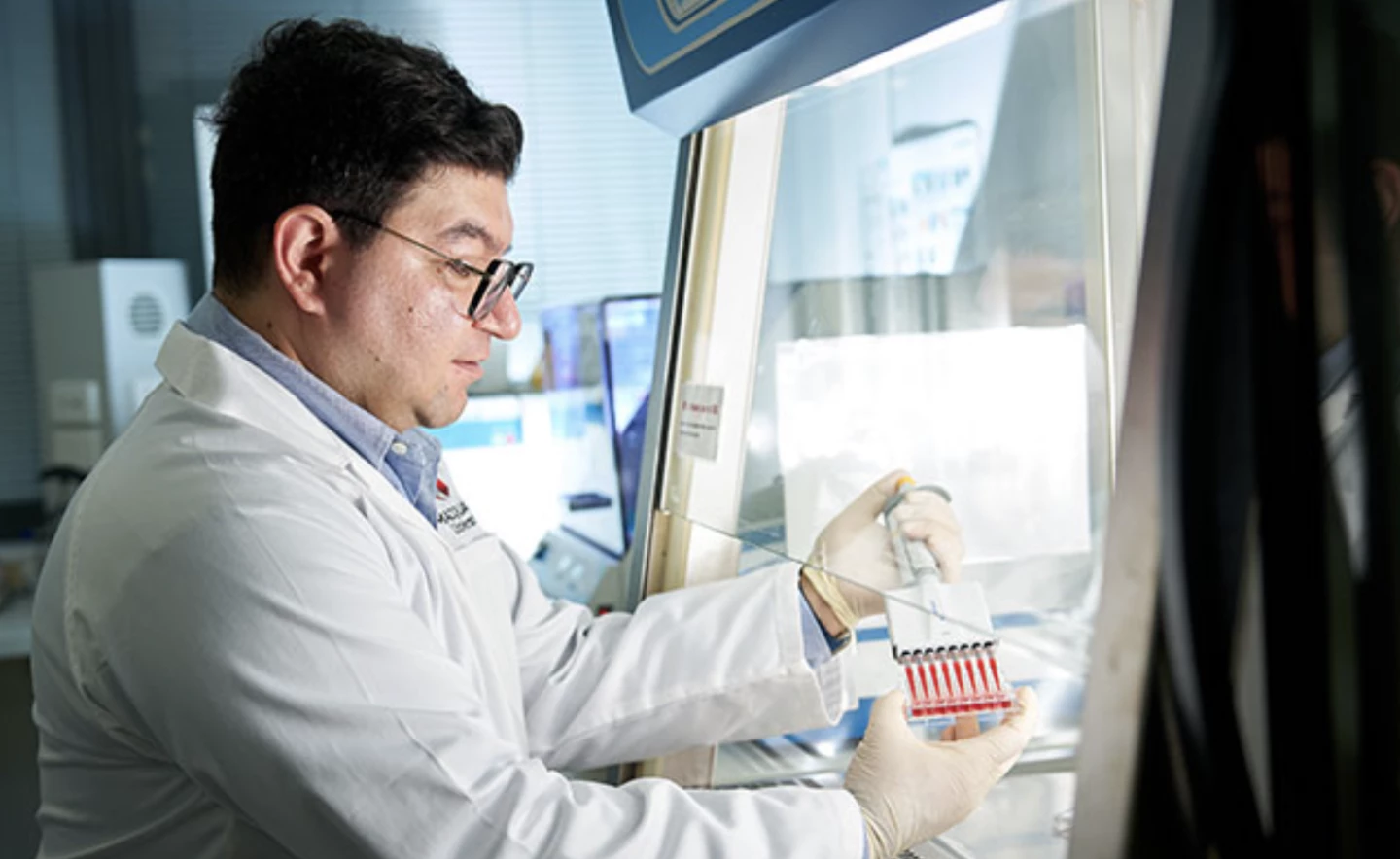A protein found in our cells has emerged as a secret weapon against biological aging, acting like a glue to repair damaged DNA and ward off neurological degeneration including that seen in motor neuron, Alzheimer’s and Parkinson’s diseases.
Macquarie University researchers targeted a protein known as disulphide isomerase (PDI), most commonly found in the gelatinous liquid (cytoplasm) of cells, where it helps guide other proteins into correct formation. However, the team discovered that PDI can move through the cytoplasm and into the cell's control center – the nucleus – to repair breaks in deoxyribonucleic acid (DNA) strands.
With age, our body's ability to repair and maintain DNA strands can lead to premature aging and neurodegeneration, as well as increase the risk of developing serious diseases.
“Just like a cut on your skin needs to heal, the DNA in our cells needs constant repair,” said neurobiologist Dr Sina Shadfar, from the university's Motor Neuron Disease Research Centre. “Every day, individual cells suffer thousands of tiny hits to their DNA – from both within our own bodies and from environmental stressors like pollution or UV light. Normally, the body responds quickly. But as we age, these repair mechanisms weaken, allowing damage to build up.”

One of the biggest red flags of DNA damage is found in the brain. Mature neurons – nerve cells – are highly specialized and, unlike other cells, don't possess centrioles, the mechanism essential for cell division and replication. Because of this, our bodies can't simply repair DNA damage or get new undamaged neurons to replace them. It's one reason why scientists are particularly interested in neural stem cell therapies for brain injury and cognitive function.
The scientists found that PDI, on the other hand, has the power to cross into the nucleus of a cell and repair damage, which would essentially extend the life and function of these very important microscopic systems.
“Brain cells are especially vulnerable,” said Shadfar. “Unlike skin or blood cells, they don’t divide or renew – so any damage that builds up in them stays. And if the damage isn’t repaired, it can eventually lead to the death of these critical cells.
“Until now, we didn’t know why PDI sometimes appeared in the nucleus,” he added. “For the first time, we’ve shown it acts like a glue or catalyst, helping to repair broken DNA in both dividing and non-dividing cells.”
To demonstrate PDI's role, the scientists removed this protein from DNA-damaged human cancer cells and mouse brain cells. These cells failed to repair the genetic damage on their own, but once PDI was added, this function returned. In a live zebrafish study, the researchers increased PDI activity and this in turn shielded the animals from normal age-related DNA damage.
Now, the team is looking at various methods of gene therapy using PDI on cells, including mRNA treatment to better direct PDI in DNA repair. The university team may be focused on motor neuron disease (MND), but it can be applied to all conditions where damaged DNA contributes to advancing neruodegenerative conditions like Alzheimer's and Parkinson's.
“This work has the potential to transform how we approach neurodegenerative diseases,” said Shadfar. “We want to intervene earlier – before too much damage is done. Our ultimate goal is to prevent or halt the progression of these devastating conditions.
“MND deaths have increased by 250% over the past 30 years," he added. "Cases of dementia, including Alzheimer’s disease, are projected to more than double by 2041."
PDI has previously been identified as a menace in cancer treatment, with high levels of this protein found to protect tumor cells from attack. So while anti-aging therapies could target specific cells, such as neurons for anti-aging therapies, scientists may also be able to switch off the shielding abilities of PDI in tumors, making cancers more vulnerable to treatments such as chemotherapy.
“PDI is like a double agent,” Shadfar said. “In healthy cells, it repairs DNA and helps prevent disease. But in cancer, it gets hijacked – it ends up protecting the tumour instead of the body. That’s why understanding it fully is so important."
The research was published in the journal Aging Cell.
Source: Macquarie University






